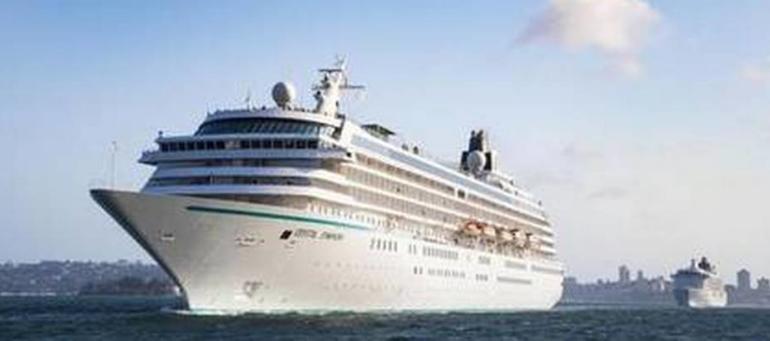07
Dec
2018
Great Eastern Shipping to spend $50 mn on refurbishing fleet to meet new IMO norms
The Great Eastern Shipping Co Ltd will spend as much as $50 million over the next four years to refurbish its fleet to comply with new regulations framed by the International Maritime Organisation (IMO) on using low sulphur bunker fuels and ballast water treatment systems.
Executive Director and Chief Financial Officer, G Shivakumar, said India’s largest private ocean carrier, which runs a fleet of 48 ships, will spend about $20 million for fitting exhaust gas cleaning systems or scrubbers on seven of its biggest ships, mostly the large crude tankers, by December 2019 and another $30 million on installing ballast water treatment systems between 2019 and 2024 in all the ships.
Beginning 1 January 2020, ships must use fuel oil with a sulphur content of not more than 0.5 per cent m/m (mass/mass), a steep cut from the current global sulphur cap of 3.5 per cent m/m, according to rules framed by the IMO. Ships can meet the requirement by using low-sulphur compliant fuel oil or continue to use high sulphur fuel oil by fitting scrubbers.
IMO’s Ballast Water Management Convention aims to check the spread of invasive aquatic species.
Ballast water is routinely taken on by ships for stability and structural integrity. It can contain thousands of aquatic microbes, algae and animals, which are then carried across the world’s oceans and released into ecosystems where they are not native.
Untreated ballast water released at a ship’s destination could potentially introduce new invasive aquatic species. Hundreds of invasions have already taken place, sometimes with devastating consequences for the local ecosystem, economy and infrastructure.
All ships engaged in international trade are now required to manage their ballast water to avoid the introduction of alien species into coastal areas, including exchanging their ballast water or treating it using an approved ballast water management system.
“Of the two new rules, the bigger one really is the ballast water treatment system, which is compulsory,” says Shivakumar. “You have to install it, and for a large tanker it will cost you $1.5 to $2 million and that is something that you have to keep in mind because you do not get any (cost) benefit from that. When you install a scrubber, you get a cost saving because the high sulphur fuel oil is much cheaper than the low sulphur fuel and currently that spread is being quoted at about $320 per tonne for 2020 and 2021,” he said.
Fitting scrubbers works much better in bigger ships, which sail for more days and have much more fuel consumption.
In a ballast water treatment system, you are just spending that money to keep running. Then, you have to think about whether it makes sense to spend that $1.5-2 million extra at all. And that is something that could have a big impact on scrapping (globally),” he said. The sulphur emission, according to Shivakumar, is just a question of cost.
“If you have a situation where the tanker market is very strong or the bulk carrier market is very strong, you can pass on the additional fuel cost to your customers. So, this one is not critical. Yes, it is important if the market is weak and, let us say, a scrubber fitted-ship or a modern ship is willing to take $10,000 per day and that means that a less efficient ship without a scrubber has to work at zero, then it will push you to scrap. But that should be seen in the context of how the market is, because the most efficient ship is at $50,000 and the less efficient one is at $40,000, the less efficient ship will continue to operate and there is no need for them to scrap. But yes, it will reduce the competitiveness of an older, less fuel-efficient vessel,” he said.






































































































